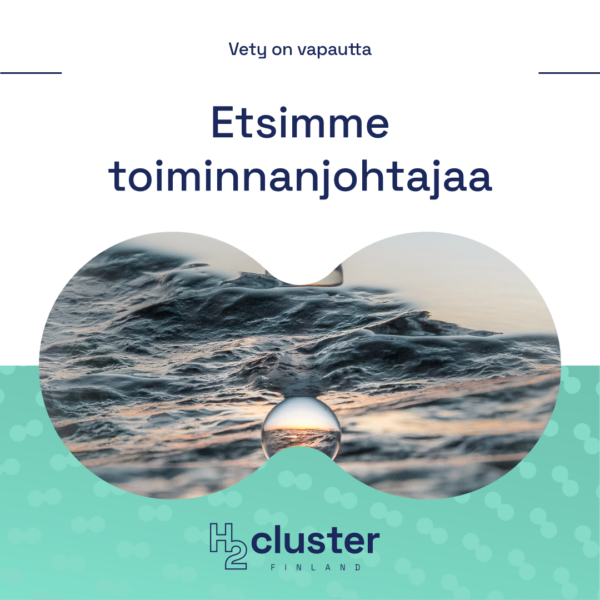Industrial measurements to support green transition
Several processes related to green transition and decarbonization benefit from reliable measurements of crucial components. As a global leader in industrial and environmental measurements, Vaisala has put its experience to use in various industries – including the hydrogen economy.
While both new and established industrial players are creating value chains for green hydrogen, Vaisala supplies instruments for industrial measurements to support various steps in those chains.
“Our instruments typically help customers improve process efficiency, product quality and productivity across industries,” says Anu Pulkkinen, Senior Strategy and Business Development Manager at Vaisala. In the global hydrogen economy, Vaisala has identified some of the most challenging environments which will benefit from reliable and low-maintenance measurements.
“At the moment we are involved in three main areas. These are fuel cells, carbon capture, and the production of hydrogen and methane with the SOEC technology, which stands for solid oxide electrolysis cells.”
Accurate measurements to support fuel cell development
Fuel cells are expected to provide green power to maritime and heavy-duty vehicles by turning hydrogen into electricity. They are also an option for power producers that store excess energy in hydrogen and need to discharge it when needed.
The development and use of fuel cells was well under way already before the current boom in green hydrogen, and according to Pulkkinen, Vaisala has years of experience in the field.
“Maintaining accurate and stable humidity is essential in the development and production of high-quality fuel cells. Our instruments for humidity and temperature monitoring have proven excellent in these processes, and we are a leading provider of these instruments.”
CO2 monitoring instruments for carbon capture
Another solution Vaisala brings to the hydrogen economy, and the green transition at large, is the instrumentation used for monitoring CO2 levels in carbon capture as well as in CO2 storage and utilisation.
“Our instruments have been recently installed, for example, at a large waste-to-energy plant in Copenhagen, Denmark, which is piloting CO2 capture.”
According to Pulkkinen, Vaisala’s instruments can also be utilized in power-to-gas processes, in which CO2 is captured from industrial emissions and combined with green hydrogen to produce low-carbon fuels.
“Another interesting segment in the future can be direct air capture of CO2 which requires careful and robust monitoring of CO2 and humidity levels.”
Measurements to support production of hydrogen and methane
The third hydrogen-related technology which Vaisala is involved in is the SOEC electrolyser. It produces hydrogen from steam and electricity but can also be used for co-electrolysis, in which steam and CO2 can be combined to produce hydrogen as well as methane, which, in turn, can be used in the production of liquid fuels and chemicals.
“Our instruments are used to measure the feedstock and the product in real time to enhance efficiency and optimize the process. We have been involved in the development of the SOEC co-electrolysis technology for some time already. While it is still in pilot stage, it is forecasted to play a major role in, for example, Japan’s transition to 90% renewable gas use by 2050.”
Pulkkinen points out that even without co-electrolysis, SOEC is often considered an attractive alternative for traditional electrolysers used in hydrogen production, as it can utilise waste heat from other processes to achieve better efficiency.



